Home>Garden Essentials>How Long Does It Take For A Common Vetch To Germinate
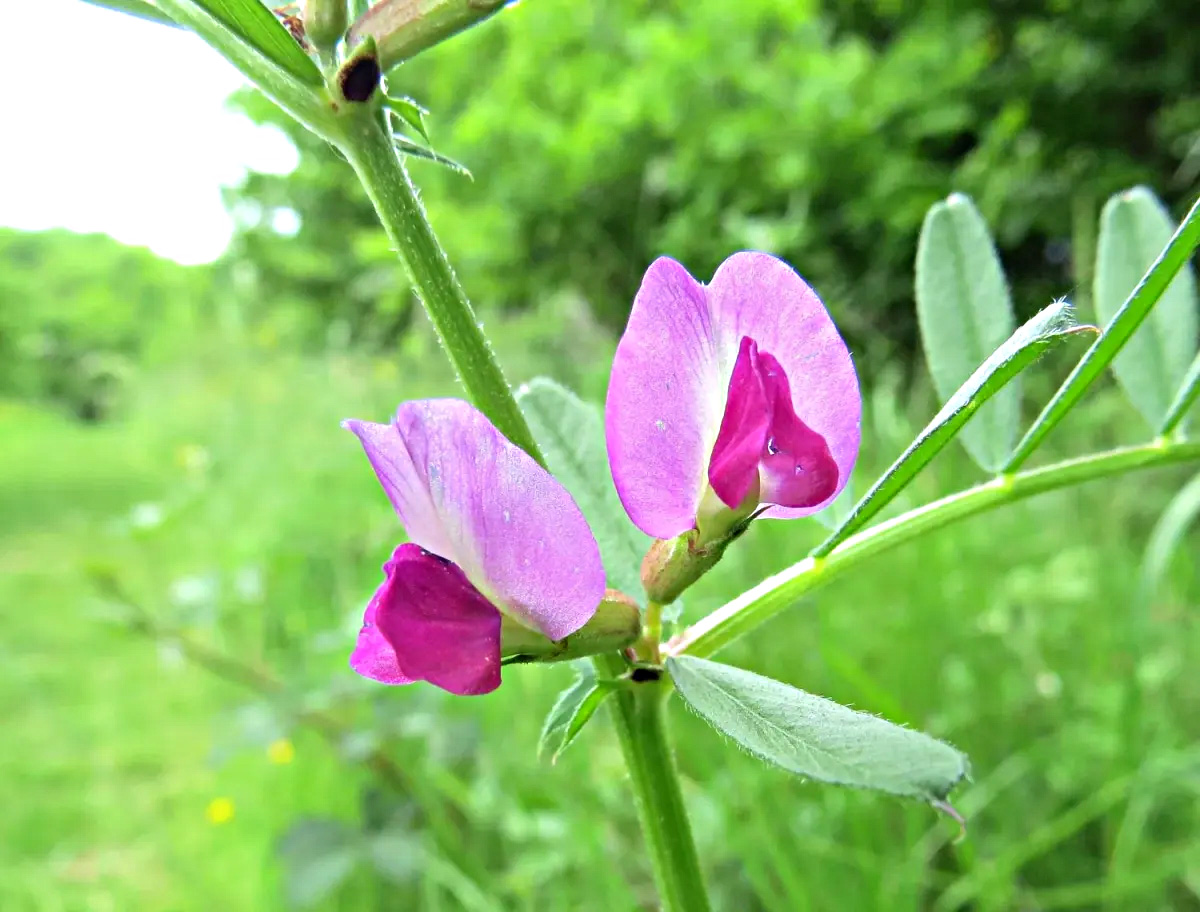

Garden Essentials
How Long Does It Take For A Common Vetch To Germinate
Modified: March 16, 2024
Learn how long it takes for a common vetch to germinate in your garden. Get expert tips and advice for successful germination.
(Many of the links in this article redirect to a specific reviewed product. Your purchase of these products through affiliate links helps to generate commission for Storables.com, at no extra cost. Learn more)
Introduction
Gardening is a rewarding and fulfilling hobby. Whether you’re an experienced gardener or just starting out, understanding the process of germination is crucial for successful plant growth. Germination is the process by which a seed transforms into a seedling, ready to sprout leaves and grow into a mature plant. Each plant species has its own germination requirements, and understanding these factors can help you maximize the success of your garden.
In this article, we’ll delve into the fascinating world of germination and focus specifically on common vetch (Vicia sativa), a versatile and popular legume used in agricultural practices and home gardens. We’ll explore the factors that affect the germination time of common vetch and discuss the optimal conditions for germination. Additionally, we’ll provide some useful tips to promote germination and ensure the healthy growth of your common vetch plants.
So, if you’re curious about how long it takes for common vetch to germinate and want to learn how to optimize the germination process, read on!
Key Takeaways:
- Common vetch seeds prefer temperatures between 50°F and 77°F for germination, and can sprout within 7 to 14 days under optimal conditions. Overcoming dormancy through scarification techniques can speed up the process.
- To promote common vetch germination, provide consistent moisture, proper seed depth, and warmth. Pre-soaking or scarifying the seeds, monitoring progress, and selecting high-quality seeds are essential for successful germination.
What is germination?
Germination is the process through which a seed transforms into a young plant, ready to emerge from the soil and grow into a full-grown specimen. This transformative process is a critical stage in a plant’s life cycle, as it marks the transition from a dormant seed to an actively growing seedling.
The process of germination begins with the absorption of water by the seed. As the seed takes in water, it triggers a series of biochemical and physiological changes within the seed. These changes include the activation of enzymes, the breakdown of stored nutrients, and the initiation of cell division and elongation. As a result, the embryo within the seed begins to grow and eventually pushes through the seed coat, emerging as a young plant.
Germination is influenced by a variety of factors, including environmental conditions such as temperature, moisture levels, light exposure, and the presence of oxygen. Each plant species has its own specific germination requirements, ensuring that the seeds have the best chance of survival and growth under suitable conditions.
During the germination process, the seedling develops roots to absorb water and nutrients from the soil, and shoot systems to take in sunlight and perform photosynthesis. As the seedling continues to grow, it gradually develops into a mature plant, producing leaves, stems, flowers, and eventually fruits or seeds of its own.
Germination is a vital process for plants, enabling them to reproduce and populate new areas. It is also a crucial step for gardeners and farmers, as it determines the success and productivity of their crops. Understanding the factors that affect germination and how to optimize these conditions is key to ensuring healthy plant growth and a bountiful harvest.
Factors affecting germination time
The time it takes for germination to occur depends on various factors that influence the seed’s ability to sprout and begin the growth process. Understanding these factors can help you provide the optimal conditions for germination, ensuring a higher success rate for your seeds. Here are some key factors that can affect the germination time of common vetch:
- Temperature: Temperature plays a crucial role in germination. Different plant species have specific temperature requirements for germination, and common vetch is no exception. Generally, common vetch seeds prefer temperatures between 50°F (10°C) and 77°F (25°C) for optimal germination. Lower temperatures can delay germination, while higher temperatures can inhibit or even damage the seeds.
- Moisture: Adequate moisture is essential for the germination process. Common vetch seeds need to absorb water to activate enzymes and initiate growth. However, excessive moisture or waterlogged conditions can lead to rotting and fungal diseases. It is important to provide consistently moist soil without waterlogging to promote germination.
- Light: Light requirements for germination vary among plant species. While some seeds require exposure to light for germination, others prefer darkness. Common vetch is considered a non-photoblastic plant, meaning it does not require light for germination. Thus, you can sow the seeds at any depth in the soil without worrying about light exposure affecting germination.
- Oxygen: Like all living organisms, seeds require oxygen to carry out cellular respiration and promote growth. Adequate oxygen levels in the soil are crucial for successful germination. Compacted or waterlogged soil can limit the availability of oxygen, hindering germination and hampering root development.
- Seed quality: The quality and viability of the seeds themselves can significantly impact germination time. Fresh seeds that are properly stored and have not been damaged or degraded are more likely to germinate quickly compared to old or damaged seeds.
- Dormancy mechanisms: Some seeds, including common vetch, have various dormancy mechanisms that need to be overcome for germination to occur. These mechanisms may include hard seed coats or chemical inhibitors that prevent germination until specific conditions are met. Physical scarification, such as nicking or soaking the seeds, can help break dormancy and accelerate germination.
By understanding and managing these factors, you can create the ideal environment for common vetch seeds to germinate effectively and efficiently. Providing the right balance of temperature, moisture, oxygen, and seed quality will go a long way in ensuring successful germination and healthy seedling development.
Germination time for common vetch
The germination time for common vetch can vary depending on the specific conditions provided. On average, under optimal conditions, common vetch seeds can germinate within 7 to 14 days. However, it is important to note that germination times can be influenced by factors such as temperature, moisture levels, and seed quality.
Common vetch seeds have relatively high germination rates, usually ranging from 70% to 90%. This means that a significant majority of properly handled seeds will sprout and develop into seedlings. However, achieving the highest germination rates requires providing the ideal conditions that meet the requirements of common vetch seeds.
When sowing common vetch seeds, it is advisable to follow the recommended planting guidelines. Typically, common vetch seeds are sown at a depth of 1 to 1.5 inches in well-draining soil. The soil should be consistently moist but not waterlogged, as excessive moisture can lead to rotting and fungal diseases that can negatively impact germination. Maintaining a temperature range of 50°F to 77°F (10°C to 25°C) is optimal for promoting timely germination.
It’s important to keep in mind that common vetch seeds have dormancy mechanisms, such as hard seed coats, that can prolong the germination process. To overcome dormancy and expedite germination, you can utilize scarification methods such as nicking the seed coat or soaking the seeds in water for a few hours before sowing. These methods help to break through the seed coat and allow moisture to penetrate the seed, kickstarting the germination process.
It is worth mentioning that germination times may vary slightly depending on the specific cultivar of common vetch you are planting. Factors such as genetic differences, seed quality, and geographic location can impact the germination rate and duration. Therefore, it is always a good idea to consult the specific instructions provided by the seed supplier for the cultivar you are working with.
By understanding and providing the appropriate conditions, you can help ensure that your common vetch seeds germinate within a reasonable time frame, setting the stage for successful plant growth and a productive gardening experience.
Common vetch typically germinates within 7-14 days when planted in well-drained soil with adequate moisture and sunlight. Keep the soil consistently moist for best results.
Optimal conditions for common vetch germination
To maximize the germination success of common vetch (Vicia sativa) seeds, it is essential to provide the optimal conditions that meet the specific requirements of this legume. By understanding and implementing these conditions, you can significantly improve the germination rate and promote healthy seedling development. Here are the key factors to consider:
- Temperature: Common vetch seeds germinate best when the soil temperature is between 50°F (10°C) and 77°F (25°C). Cooler temperatures may delay germination, while higher temperatures can be detrimental. Maintaining a consistent and moderate temperature range within this range will encourage timely and successful germination.
- Moisture: Adequate moisture is vital for the germination process. Common vetch seeds need to absorb water to activate enzymes and initiate growth. It is important to ensure that the soil is consistently moist throughout the germination period. However, be cautious not to overwater or create waterlogged conditions, as this can lead to rotting and fungal diseases.
- Light: Common vetch is considered a non-photoblastic plant, meaning it does not require light for germination. Therefore, you can sow the seeds at any depth in the soil without being concerned about light exposure. However, once the seedlings emerge, providing adequate sunlight or artificial grow lights is crucial for their healthy development.
- Soil pH: Common vetch prefers slightly acidic to neutral soil conditions, with a pH range of 6.0 to 7.5. Before planting, it is beneficial to test the soil pH and make any necessary amendments to bring it within the optimal range. This will ensure that the seeds have the ideal conditions for germination and subsequent growth.
- Air circulation: Good air circulation is essential for promoting healthy germination and preventing the growth of fungi and pathogens that can inhibit seedling development. Avoid overcrowding the seeds and ensure proper spacing to allow adequate airflow between the plants.
- Seed quality: Using high-quality seeds is crucial for achieving optimal germination. Ensure that the seeds are fresh, properly stored, and have not been damaged or degraded. Purchasing seeds from reputable sources increases the likelihood of obtaining viable seeds with higher germination rates.
- Dormancy mechanism: Common vetch seeds may have hard seed coats that cause dormancy, slowing down the germination process. To overcome this dormancy, you can use scarification techniques such as nicking the seed coat or soaking the seeds in water for a few hours prior to planting. These methods help to break the seed coat, allowing moisture to penetrate and stimulate germination.
By providing these optimal conditions, you create an environment that is conducive to common vetch germination. This paves the way for successful seedling emergence and ensures a strong start to the growth and development of your common vetch plants.
Tips for promoting germination
While providing the optimal conditions for germination is essential, there are additional tips and strategies you can employ to further promote the success of common vetch (Vicia sativa) germination. These tips will help enhance the germination process and set the stage for healthy seedling growth. Here are some valuable tips to consider:
- Pre-soaking or scarification: Consider pre-soaking the common vetch seeds in water for a few hours prior to planting. This can help soften the seed coat and accelerate germination. Alternatively, you can use scarification techniques, such as gently nicking the seed coat with a knife or rubbing the seeds on a rough surface, to break dormancy and promote faster germination.
- Proper seed depth: Ensure that you plant the common vetch seeds at the recommended depth. Typically, sowing the seeds at a depth of 1 to 1.5 inches in well-draining soil is suitable. Planting at the correct depth allows the seeds to establish proper contact with the soil, facilitating water absorption and germination.
- Seed spacing: Proper seed spacing is crucial for promoting airflow and preventing overcrowding, which can lead to poor germination and the spread of diseases. Follow the recommended spacing for common vetch seeds to provide each seed with ample space for root and shoot development.
- Seedbed preparation: Before sowing the common vetch seeds, prepare the seedbed by removing any weeds, rocks, or debris that may hinder germination. Loosen the soil to improve its structure and ensure proper drainage. A well-prepared seedbed provides an optimal environment for seed germination and seedling establishment.
- Consistent moisture: Maintaining consistent moisture throughout the germination period is critical. Regularly check the moisture levels in the soil and water as needed to ensure that the seeds don’t dry out. Avoid overwatering, as it can lead to waterlogging and hinder germination. A layer of organic mulch can help retain moisture within the soil and regulate temperature.
- Provide warmth: Since common vetch prefers a moderate temperature range for germination, providing warmth can help accelerate the process. Consider using a heating mat or placing the seed trays in a warm location, such as near a sunny window, to maintain the desired temperature range.
- Monitor and nurture: Regularly monitor the germination progress by checking for signs of seedling emergence. Once the seedlings emerge, provide them with adequate light and continue to monitor watering and overall growth. Proper care and nurturing during this early stage will contribute to the long-term success of your common vetch plants.
- Seed source selection: Choose your common vetch seeds from reputable sources to ensure high quality and viability. Consider heirloom varieties or seeds that are specifically adapted to your local climate and growing conditions. High-quality seeds have a greater chance of germination success and robust seedling development.
By implementing these tips, you can increase the chances of successful germination and ensure the healthy growth of your common vetch plants. Remember to be patient and attentive throughout the process, providing the necessary care and attention that will help your seeds transform into vibrant and productive plants.
Conclusion
Germination is an incredibly important stage in the life cycle of a plant, and understanding the factors that influence germination time and conditions is key to successful gardening. Specifically, when it comes to common vetch (Vicia sativa), there are several key factors to consider in order to promote optimal germination.
By providing the right balance of temperature, moisture, light, and seed quality, you can enhance the chances of successful germination. Remember that common vetch seeds prefer temperatures between 50°F and 77°F, consistent moisture without waterlogging, and darkness for germination. Ensure the soil pH is within the preferred range of 6.0 to 7.5 and take steps to overcome dormancy mechanisms through scarification techniques, like soaking or nicking the seeds.
Additionally, by following certain tips and practices, you can further increase the likelihood of successful germination. Soaking or scarifying the seeds before sowing, planting them at the recommended depth, ensuring proper seed spacing, preparing a well-structured seedbed, and providing consistent moisture and warmth are all beneficial measures to take. Furthermore, monitoring the progress of germination, nurturing seedlings, and selecting high-quality seeds from reputable sources contribute to the overall success of the germination process.
Remember that each plant species has its own germination requirements, and it’s essential to research and understand the specific needs of the plants you are cultivating. By doing so, you can provide the necessary conditions for optimal germination and set the stage for healthy growth and bountiful harvests.
So, whether you’re planting common vetch in your garden or exploring the germination process of other plants, harnessing this knowledge will help you cultivate a thriving and productive garden. With patience, care, and attention to detail in providing the ideal germination conditions, you’ll witness the transformative journey from a dormant seed to a vibrant and flourishing plant.
Frequently Asked Questions about How Long Does It Take For A Common Vetch To Germinate
Was this page helpful?
At Storables.com, we guarantee accurate and reliable information. Our content, validated by Expert Board Contributors, is crafted following stringent Editorial Policies. We're committed to providing you with well-researched, expert-backed insights for all your informational needs.
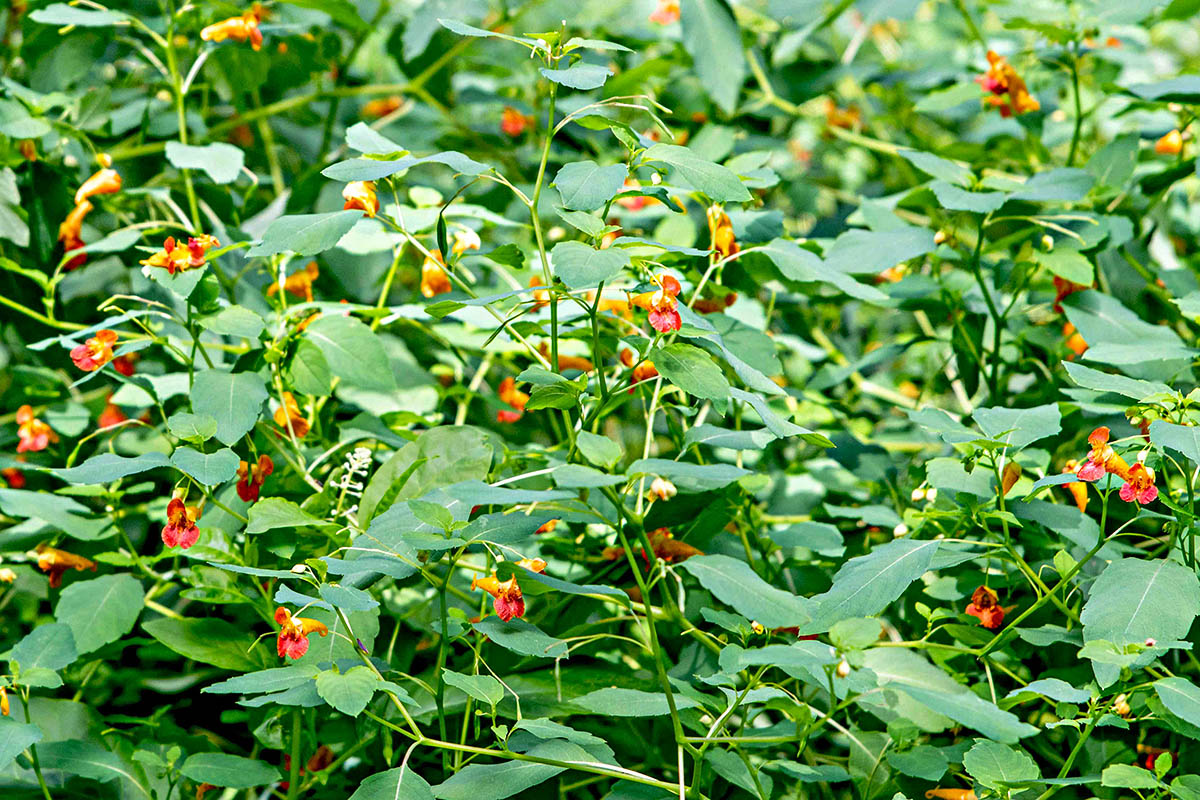
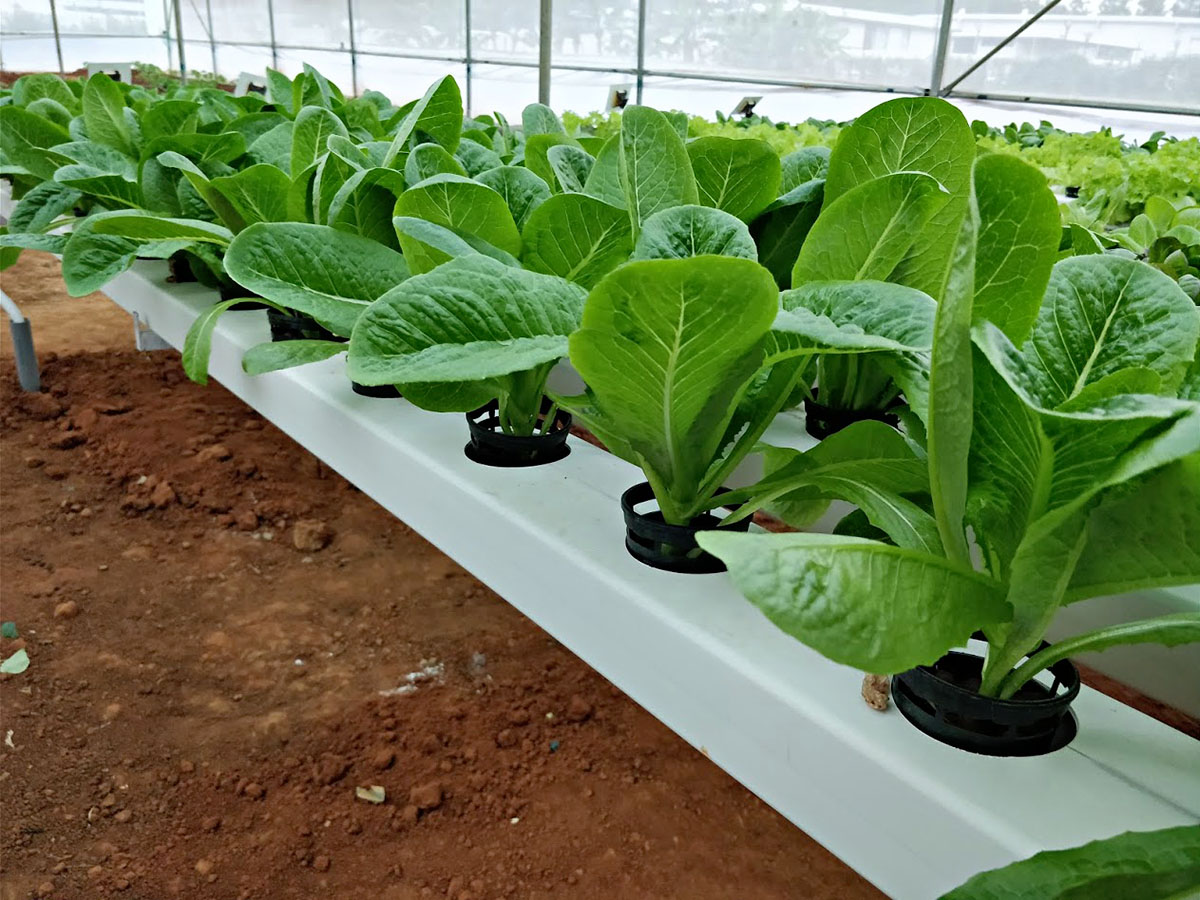
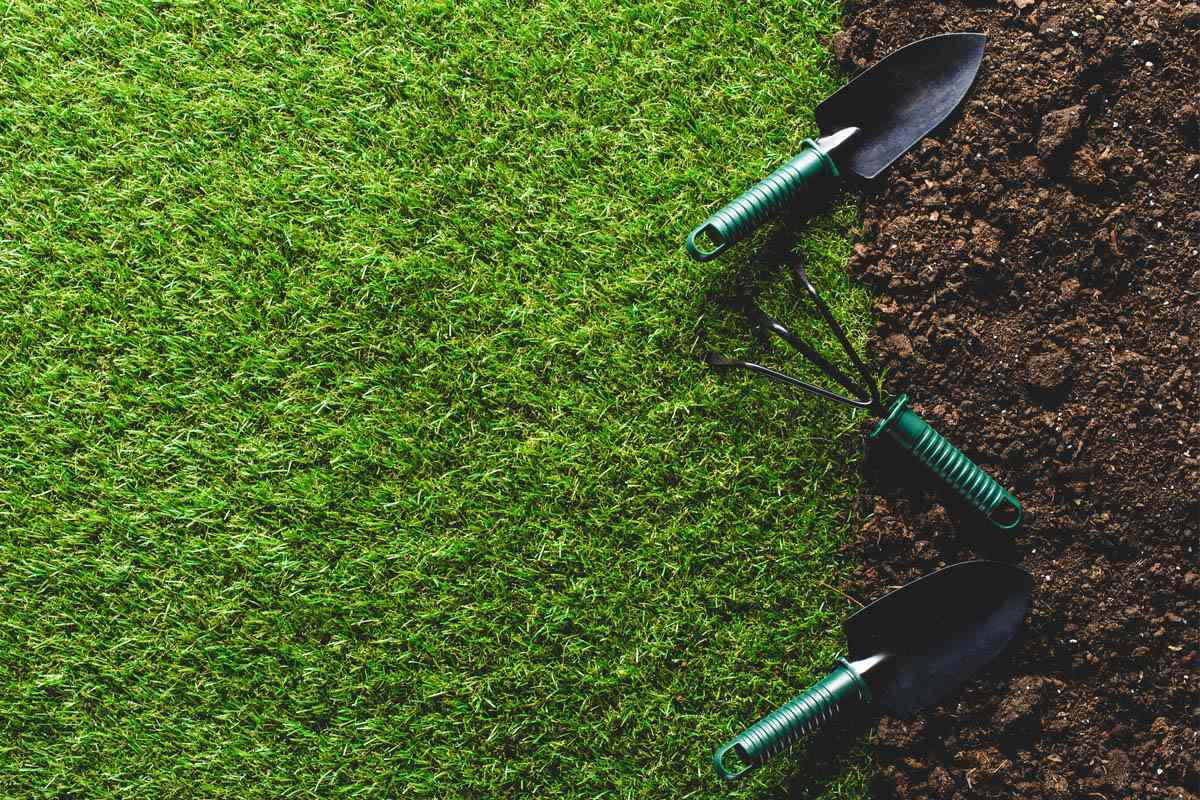
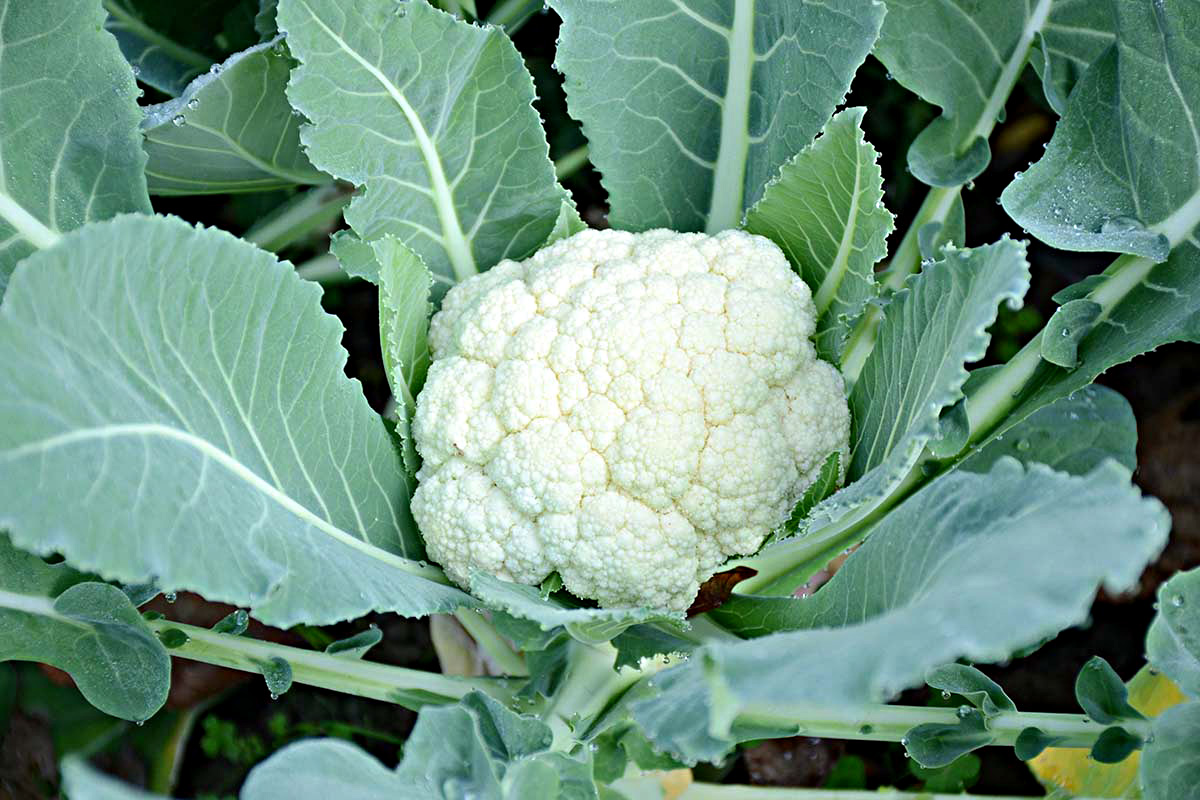

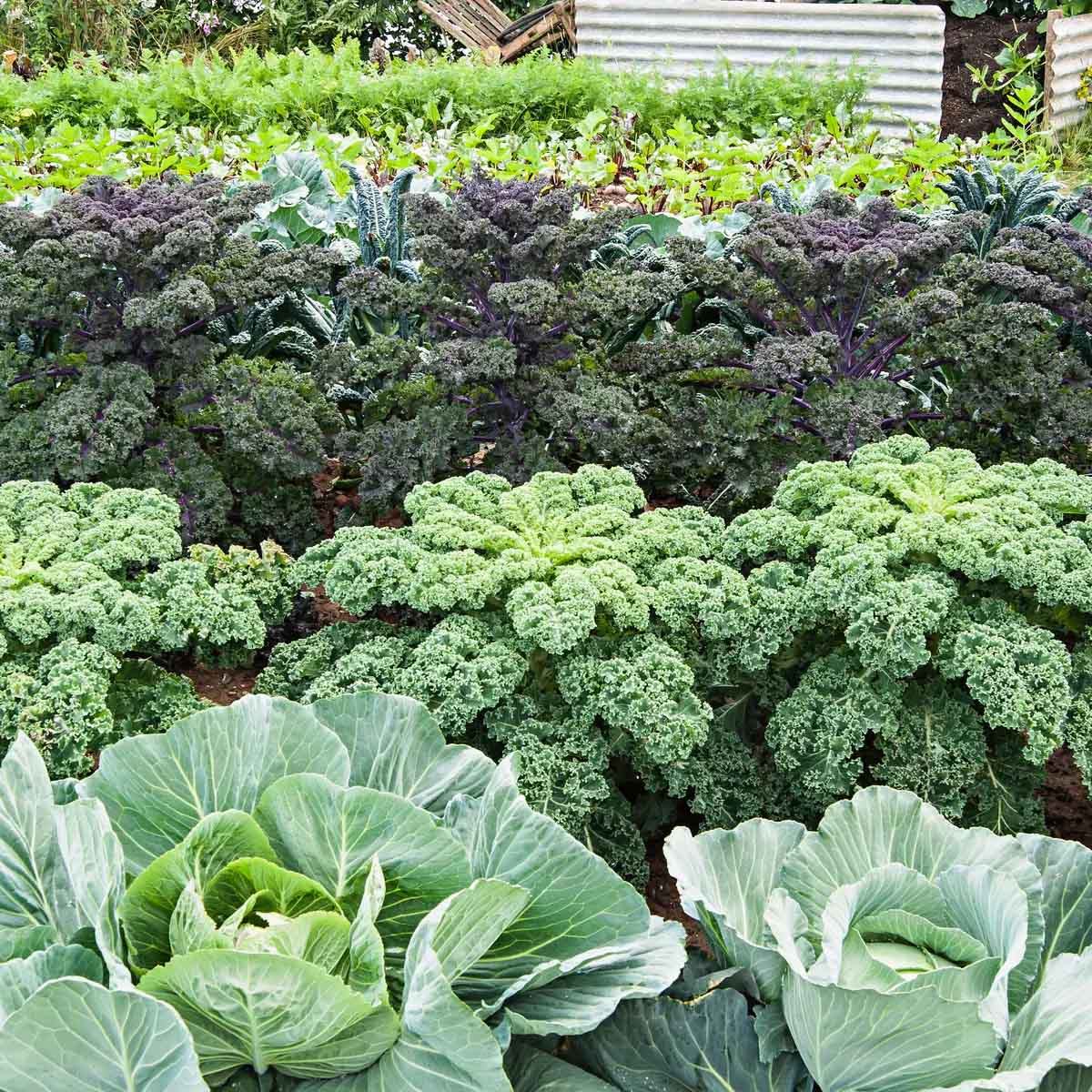
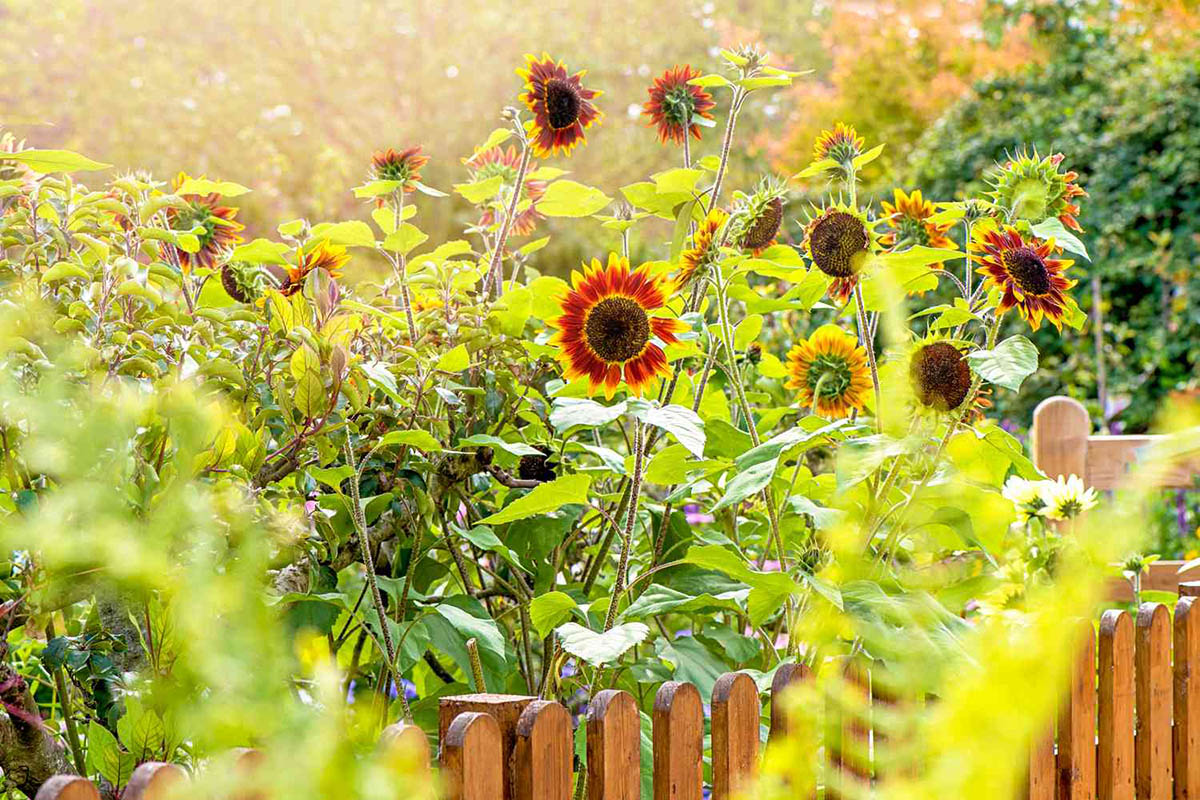
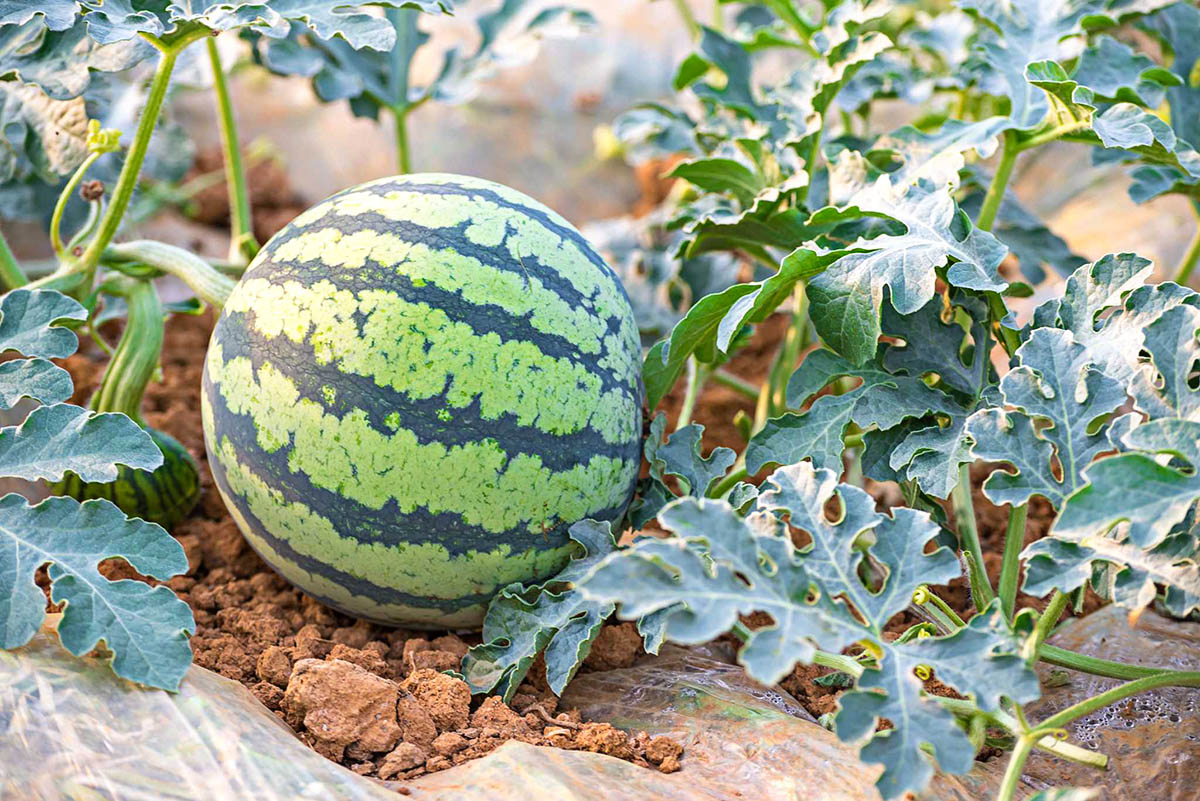
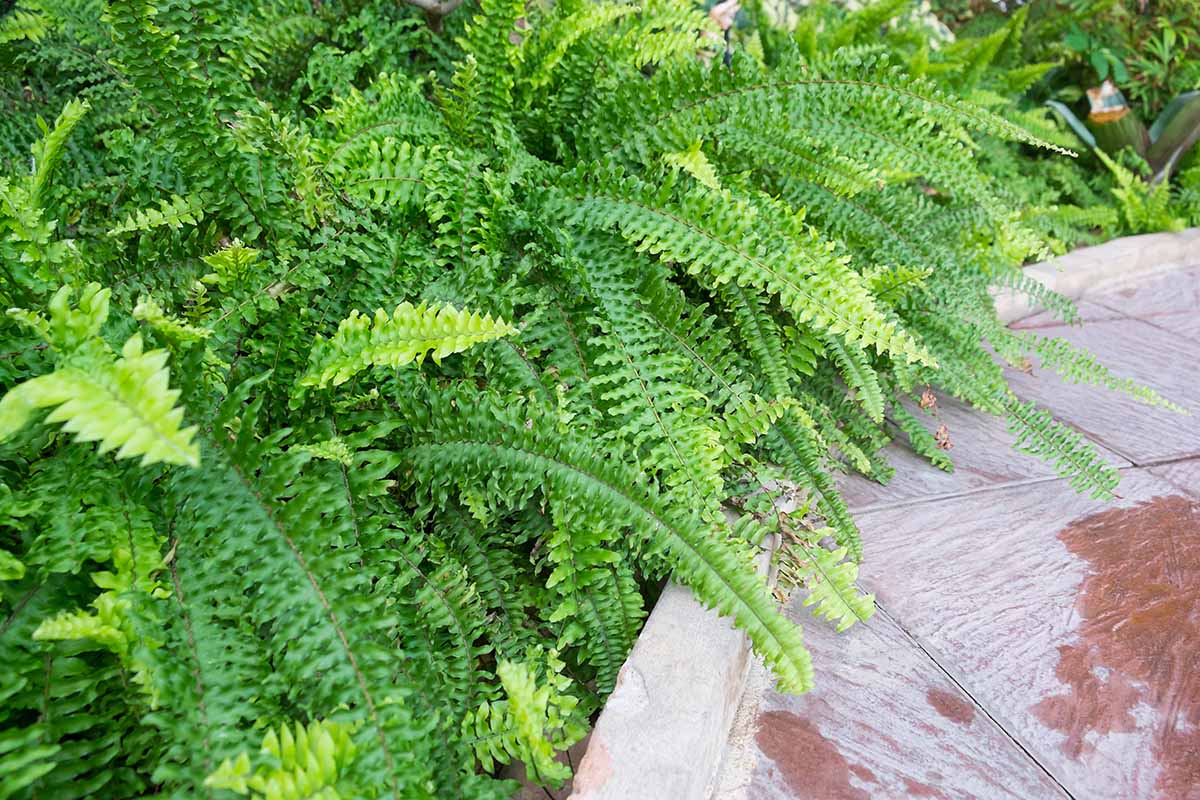
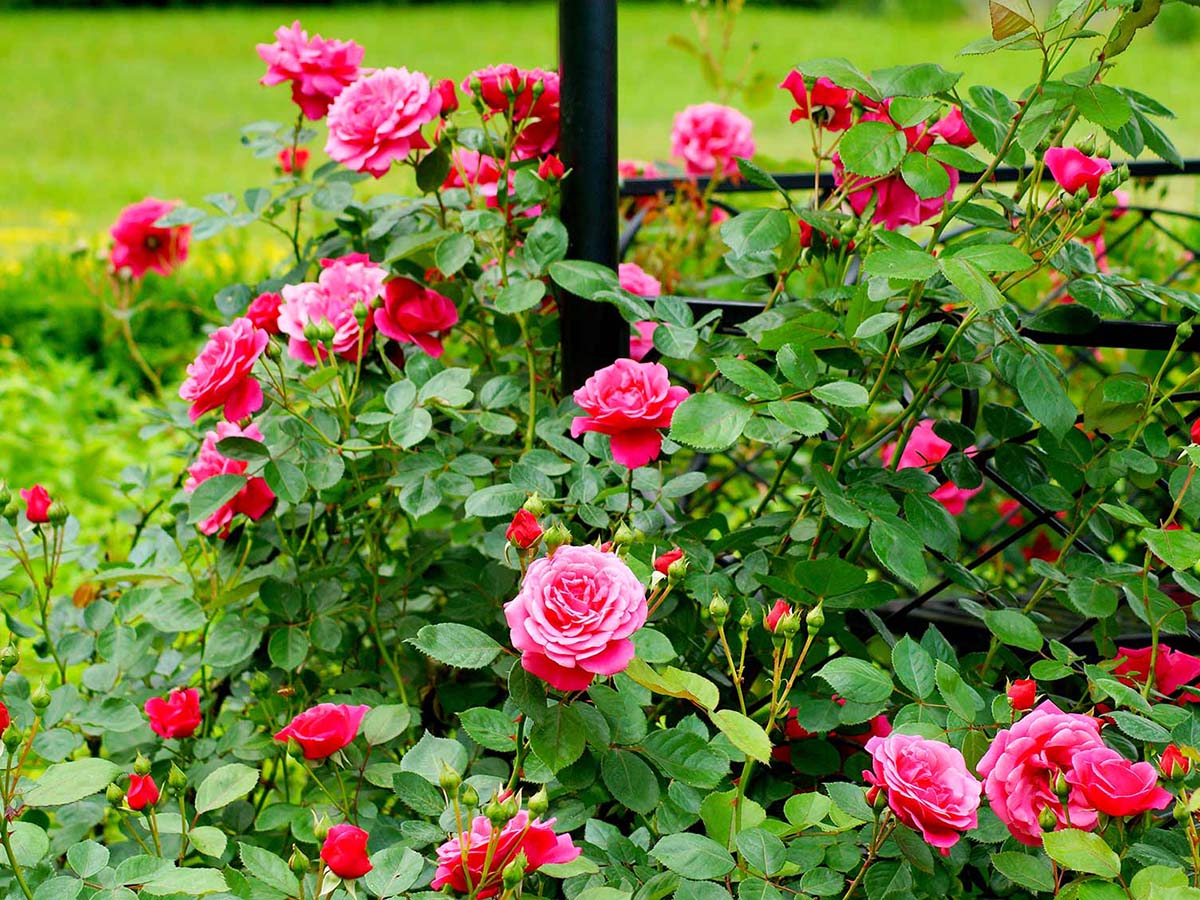
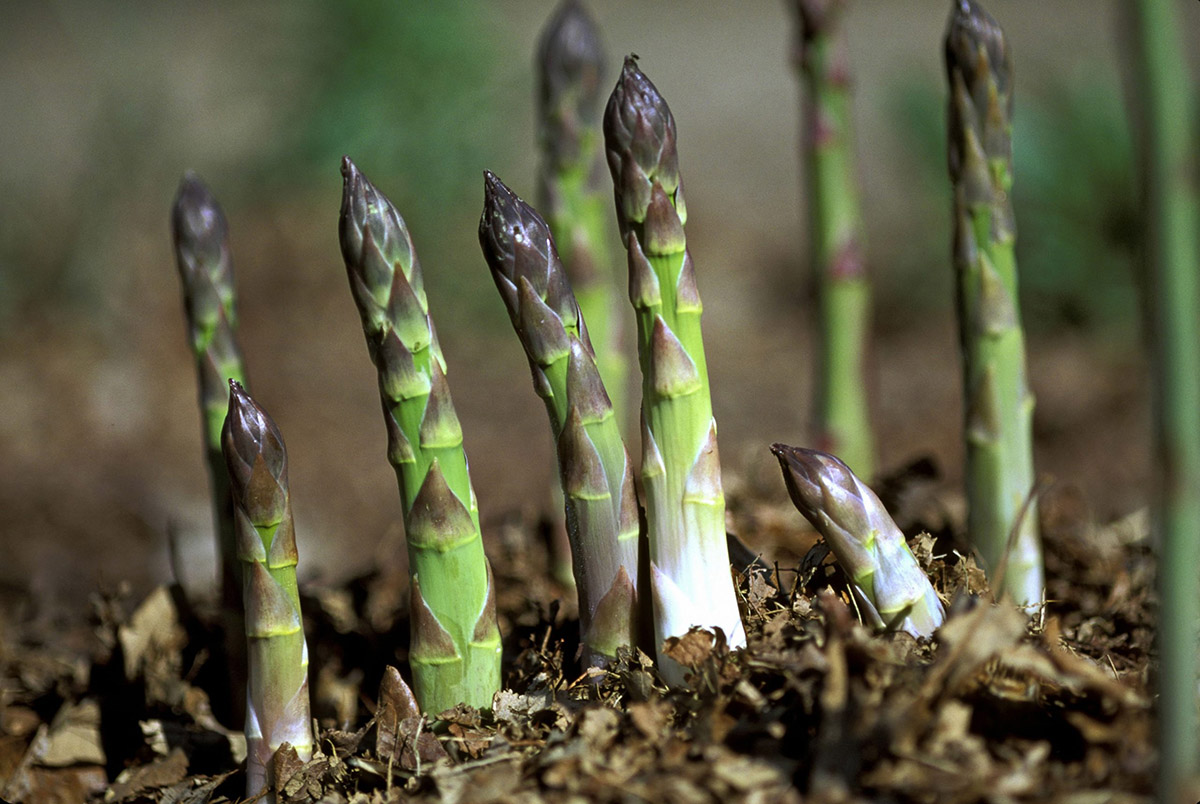
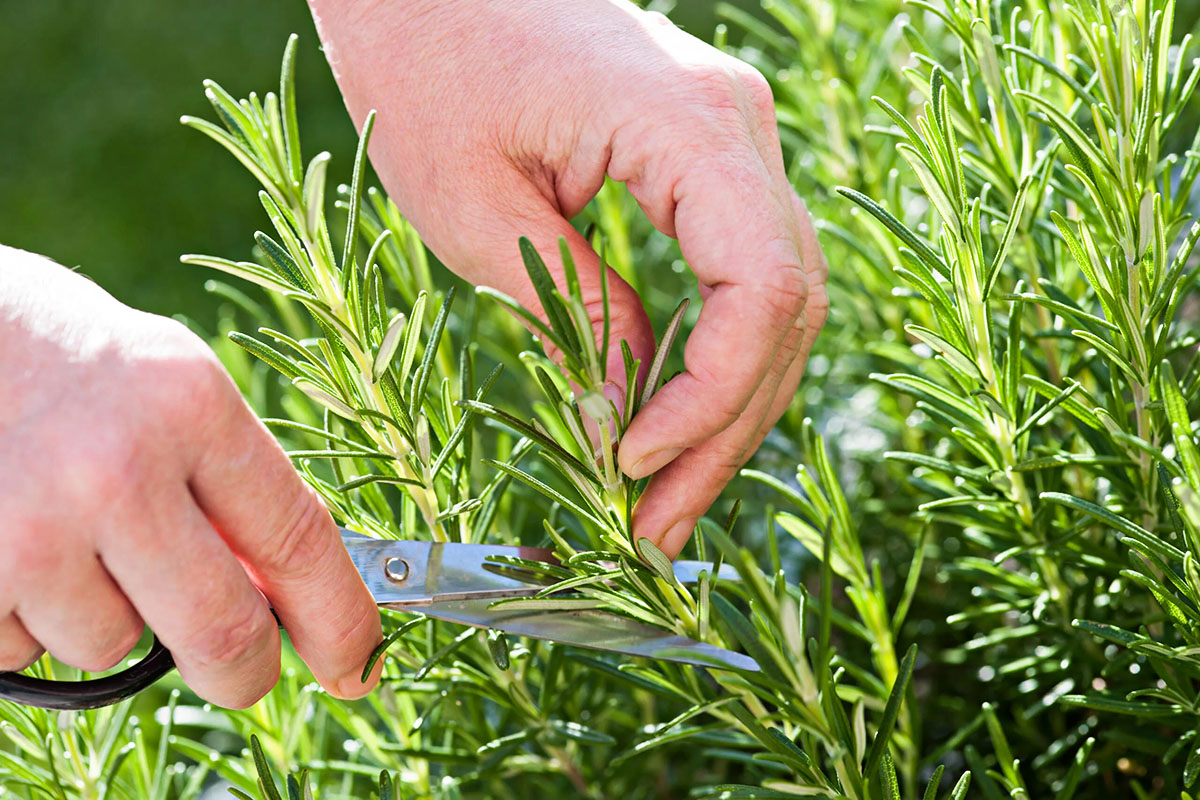

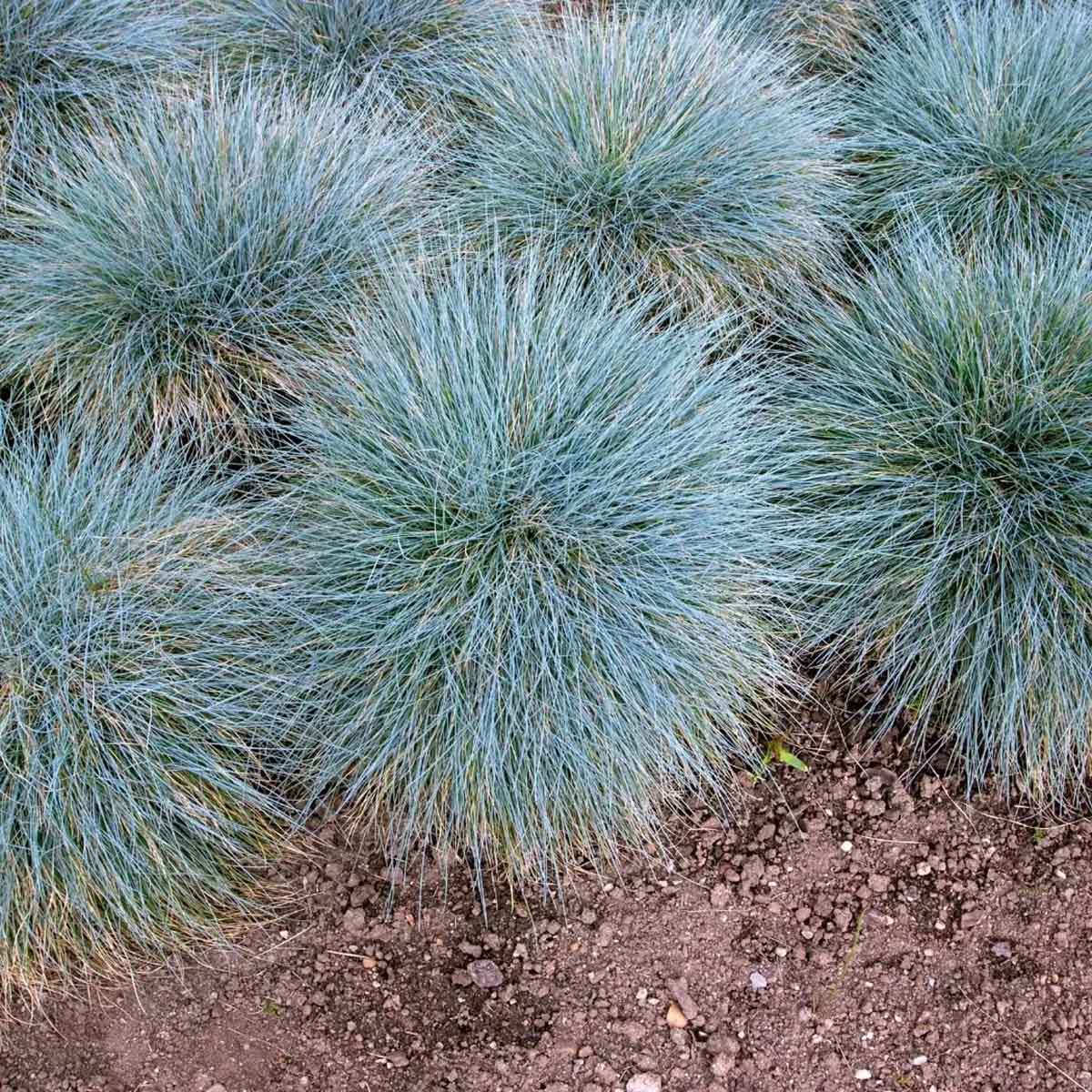

0 thoughts on “How Long Does It Take For A Common Vetch To Germinate”